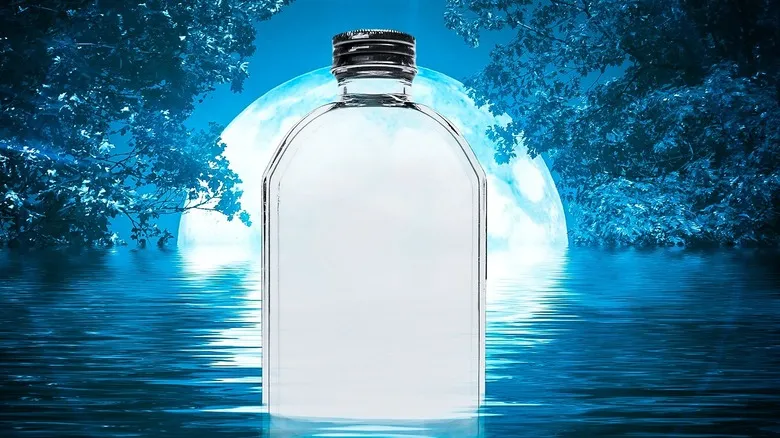The practice of moonshine dates back centuries
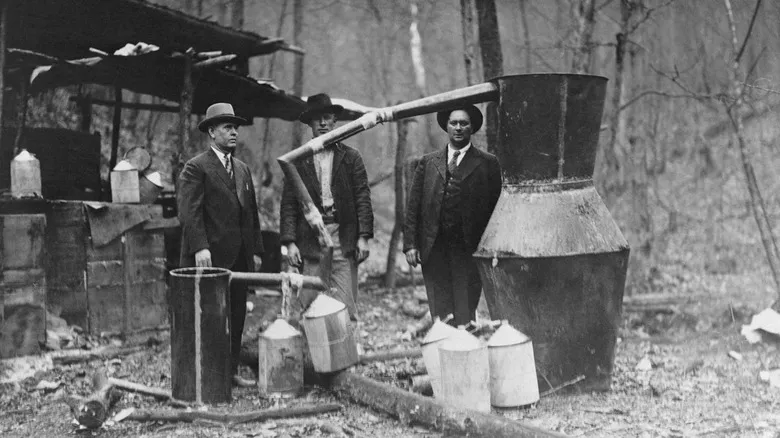
While closely associated with the Prohibition era, the tradition of moonshine has deeper roots. Its origins can be traced back to England in the late 1700s, when smugglers transported illegal liquor along the coast. Shortly after the United States achieved independence, a similar practice emerged in Pennsylvania, fueled by discontent over a liquor tax. This unrest eventually led to the Whiskey Rebellion, prompting many settlers to move, which is why Kentucky is recognized as the bourbon capital of the U.S.
Throughout the 19th century, moonshine production persisted, with cycles of taxation and regulation driving more underground distillation. A distinct culture and tradition developed, giving rise to various forms of unaged whiskey, brandies, and more. While the South became a prominent area for this activity, clandestine distilling was particularly prevalent in New York, especially around the early 1900s.
With the onset of Prohibition, the production of moonshine surged dramatically. This era gave rise to many of the legends surrounding the illicit spirit, including its connections to NASCAR racing. Distillers innovated methods to produce larger quantities of stronger alcohol, which sometimes heightened the risks associated with poorly crafted spirits. Illegal moonshine production persisted into the 1970s until health concerns and other factors curtailed the practice. In the 21st century, both established producers and newcomers have opened legal distilleries, paying homage to the styles of liquor that emerged under the moonshine label.
The term moonshine encompasses many alcohol styles
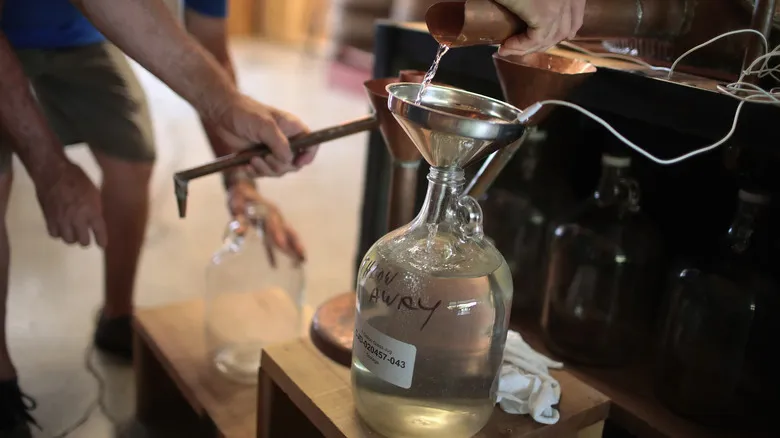
The illicit nature of moonshine often conjures images of poorly made liquor that can pose certain risks. While consuming any unregulated spirit carries some danger, the products available in stores and tasting rooms are both legal and safe. In fact, the broader definition of moonshine enhances its appeal. For instance, Scotch is produced from a specific set of regulated ingredients, whereas moonshine can originate from any distillation base. Additionally, there are no stipulations regarding additives or final alcohol content, making it a highly adaptable spirit.
The most common type of moonshine is derived from corn, with malted barley included in the mash to create sugar. Barley and rye can also serve as viable bases, resulting in what is essentially unaged whiskey. In some cases, extra sugar may be added during the mashing process, or the grain base may be omitted altogether, resulting in a beverage reminiscent of rum. Alternatively, distillation can begin with fruit, yielding a liquor similar to apple brandy.
Typically, the final product is high in alcohol content and spends little to no time aging in barrels, which contributes to its rough character. However, some distillers create versions that resemble vodka or highlight the flavors of the grains. Additionally, there is now a wide variety of flavored moonshines, incorporating everything from fruits to bacon to pickles. Thus, in contemporary times, the term moonshine encompasses a diverse array of spirits.
Recommended
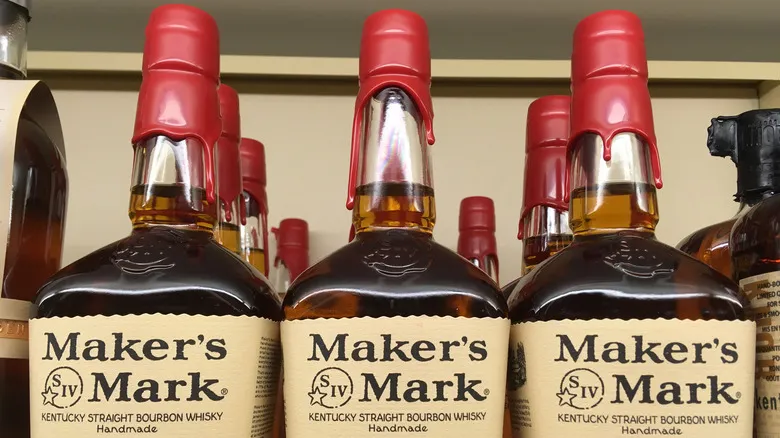
How Maker's Mark Bourbon Got Its Iconic Red Wax Drip

How The French 75 Cocktail Got Its Name From WWI
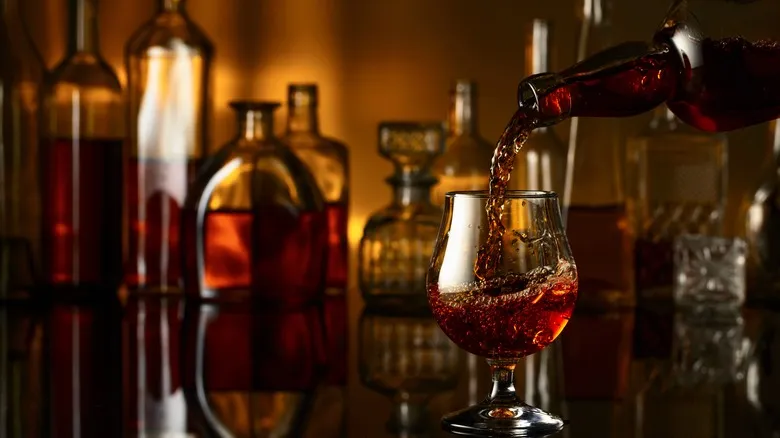
The Proper Way To Store Cognac

Gordon Ramsay's Favorite Cocktail Has A Harsh Name But A Smooth Flavor
Next up

